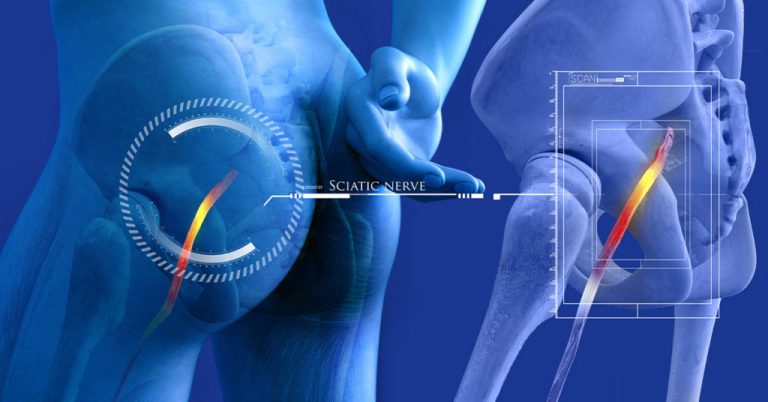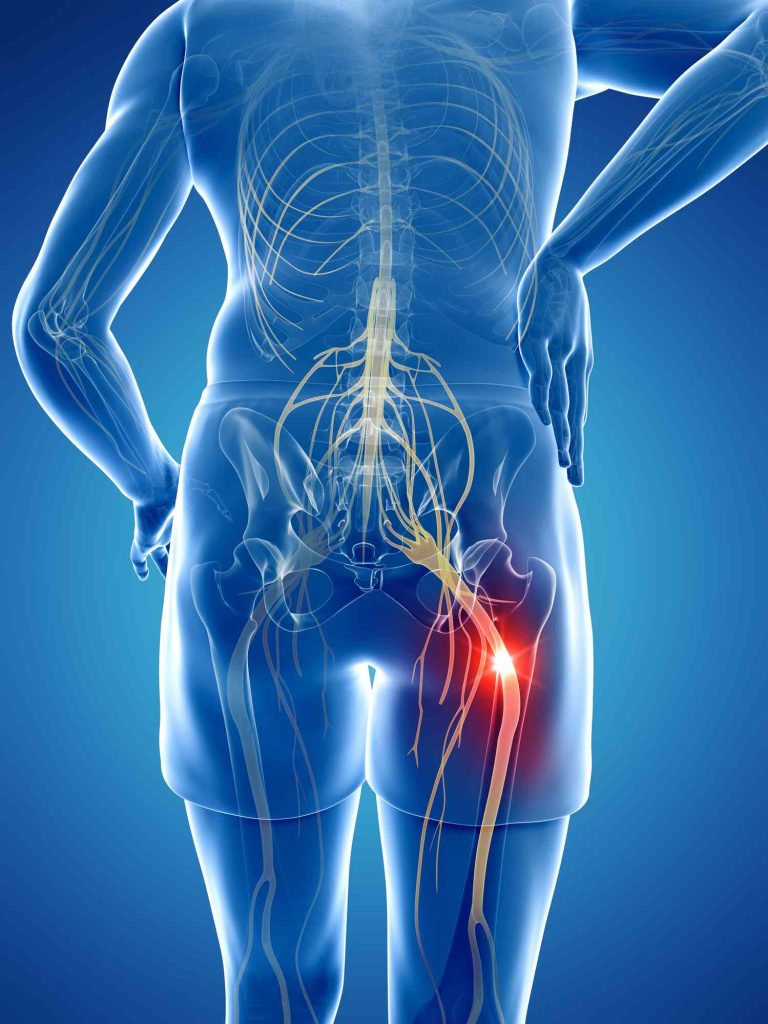Should You Massage Sciatica
Yes, massaging sciatica can be beneficial for some patients, but it depends on the underlying cause. Let’s explore the details.
Understanding Sciatica
Sciatica refers to pain radiating along the sciatic nerve, which runs from the lower back through the hips and down each leg. This condition can be caused by a variety of issues, including herniated discs, spinal stenosis, or muscle spasms.
Should You Massage Sciatica?
Should you massage sciatica? This is a common question among sufferers. Massage therapy can indeed help alleviate the discomfort associated with sciatica. However, it’s essential to understand the specifics and limitations of this treatment approach.
Scientific Evidence Supporting Massage Therapy
Numerous studies have demonstrated the benefits of massage for sciatica.
A 2014 study published in the journal "Evidence-Based Complementary and Alternative Medicine" found that massage therapy significantly reduced pain and improved functional outcomes for patients with sciatica.
Another study in "The Clinical Journal of Pain" in 2018 reported similar findings, highlighting a reduction in pain intensity and an improvement in mobility among participants receiving massage therapy.
Statistics on Sciatica and Massage
According to the American Massage Therapy Association (AMTA), about 15% of adults in the United States experience sciatica at some point in their lives. Among these, approximately 70% report a reduction in symptoms after undergoing massage therapy. This high success rate underscores the potential benefits of massage for sciatica patients.
Mechanisms of Massage Therapy for Sciatica Relief
Improved Blood Circulation
One key benefit of massage is improved blood circulation. Better blood flow helps deliver nutrients and oxygen to affected areas, promoting healing and reducing inflammation. This can be particularly beneficial for sciatica patients suffering from nerve compression.
Muscle Relaxation
Sciatica often involves muscle spasms and tightness. Massage therapy helps relax these muscles, reducing pressure on the sciatic nerve. This relaxation can lead to significant pain relief and improved mobility.
Release of Endorphins
Massage therapy also stimulates the release of endorphins, the body’s natural painkillers. Endorphins not only help reduce pain but also enhance overall well-being, which can be crucial for those dealing with chronic sciatica pain.
Different Massage Techniques for Sciatica
Deep Tissue Massage
Deep tissue massage targets deeper layers of muscles and connective tissues. This technique can be effective for releasing chronic muscle tension and knots, which are often contributors to sciatica pain.
Swedish Massage
Swedish massage involves long, gliding strokes and kneading. It is generally used for relaxation and can help reduce muscle tension and improve blood circulation, indirectly alleviating sciatica symptoms.
Trigger Point Therapy
Trigger point therapy focuses on specific tight points within muscles. Applying pressure to these points can help relieve muscle tension and reduce referred pain, which is beneficial for sciatica sufferers.
When to Avoid Massage Therapy
Acute Sciatica
While massage can be beneficial, it may not be suitable during the acute phase of sciatica. Acute sciatica is characterized by severe, sudden pain, and massaging the affected area might exacerbate the symptoms.
Certain Medical Conditions
Patients with certain medical conditions should consult their healthcare provider before seeking massage therapy. Conditions like severe osteoporosis, blood clotting disorders, or recent surgeries may contraindicate massage.
Coupled with Other Treatments
Massage therapy is often more effective when coupled with other treatments. Exercise,physical therapy, and medication can enhance the benefits of massage and provide comprehensive relief from sciatica symptoms.
Physical Therapy
Physical therapy focuses on strengthening and stretching exercises that target the muscles supporting the spine. When combined with massage, it can improve overall spinal health and reduce sciatica symptoms.
Medication
Pain relievers and anti-inflammatory medications can help manage sciatica pain, especially when used alongside massage therapy. These medications can provide immediate relief, while massage offers longer-term benefits.
Medcareline.com: Your Resource for Sciatica Information
At Medcareline.com, we provide detailed informational posts to help sciatica patients understand their condition and treatment options. Our resources cover various aspects of sciatica, from causes and symptoms to treatment strategies, ensuring patients have the knowledge they need to make informed decisions.
Self-Care Tips
In addition to professional treatments, self-care is crucial for managing sciatica. Staying active, maintaining good posture, and applying heat or ice packs can complement the benefits of massage therapy.
Personalizing Massage Therapy for Sciatica
Consultation with a Professional
Before starting massage therapy, it’s important to consult a healthcare professional. They can help determine the most appropriate type of massage based on the specific cause of your sciatica.
Regular Sessions
Consistency is key in massage therapy. Regular sessions can help maintain muscle relaxation and improve blood flow, leading to sustained relief from sciatica symptoms.
Monitoring Progress
Keep track of your symptoms and progress. This information can help your massage therapist adjust techniques and focus areas to maximize the benefits of each session.
Future Research on Massage Therapy and Sciatica
Long-Term Effects
More research is needed to understand the long-term effects of massage therapy on sciatica. Studies focusing on different patient demographics and underlying causes can provide more comprehensive insights.
Combination Therapies
Investigating the combined effects of massage therapy with other treatments, such as acupuncture or chiropractic care, can further enhance our understanding of effective sciatica management strategies.
Conclusion
Should you massage sciatica? The answer is generally yes, but with some considerations. Massage therapy offers significant benefits for many sciatica patients by improving blood circulation, relaxing muscles, and releasing endorphins. However, it’s crucial to consult a healthcare provider to ensure it’s appropriate for your specific condition.
At Medcareline.com, we aim to support sciatica patients with comprehensive, evidence-based information to help them navigate their treatment options effectively. By combining massage therapy with other treatments and self-care practices, patients can achieve better outcomes and a higher quality of life.
References
- Yuan, S. L. K., Matsutani, L. A., & Marques, A. P. (2014). Effectiveness of different styles of massage therapy in fibromyalgia: A systematic review and meta-analysis. Evidence-Based Complementary and Alternative Medicine, 2014.
- Furlan, A. D., Giraldo, M., Baskwill, A., Irvin, E., & Imamura, M. (2015). Massage for low-back pain. Cochrane Database of Systematic Reviews, 9.
- Posadzki, P., & Ernst, E. (2013). The safety of massage therapy: An update of a systematic review. Focus on Alternative and Complementary Therapies, 18(1), 27-32.
- Ammendolia, C., Furlan, A. D., Imamura, M., Irvin, E., van Tulder, M. W., & Lam, W. Y. (2018). Evidence-informed management of chronic low back pain with sciatica. The Clinical Journal of Pain, 34(9), 845-855.







